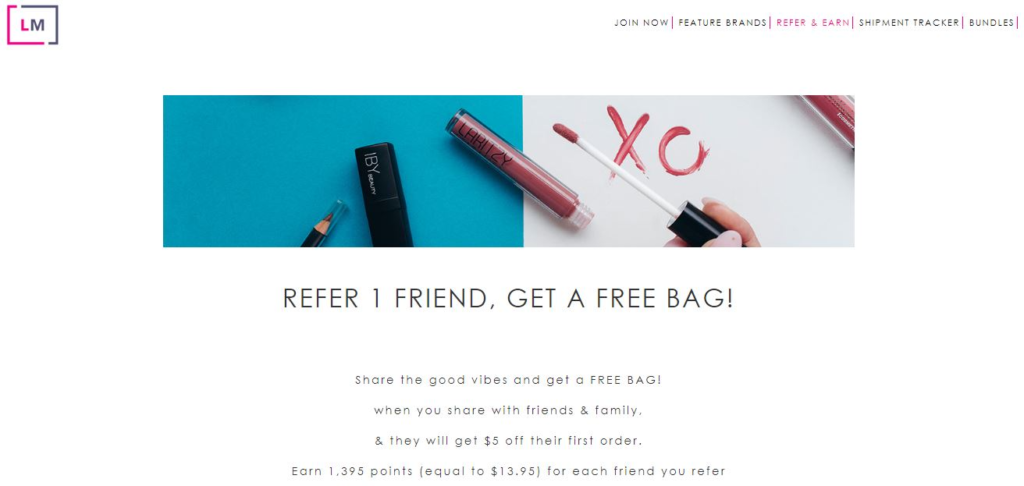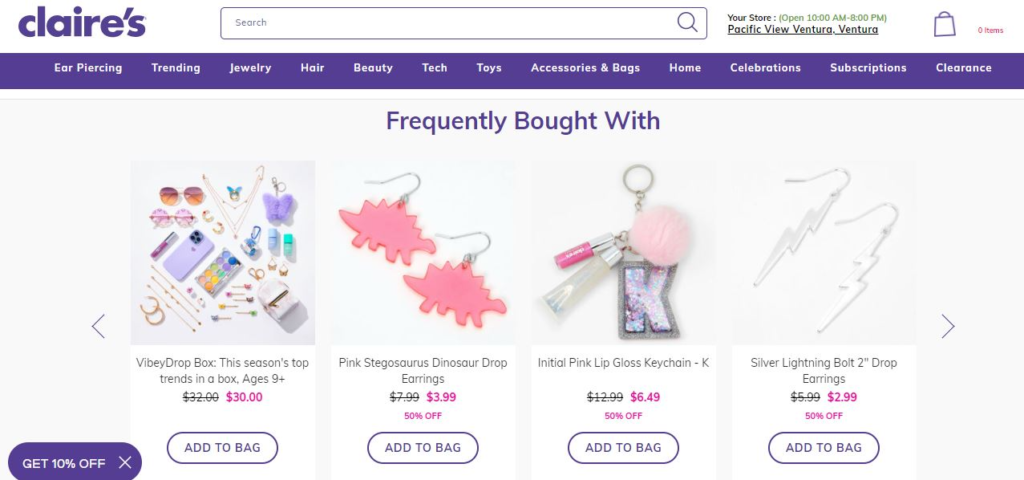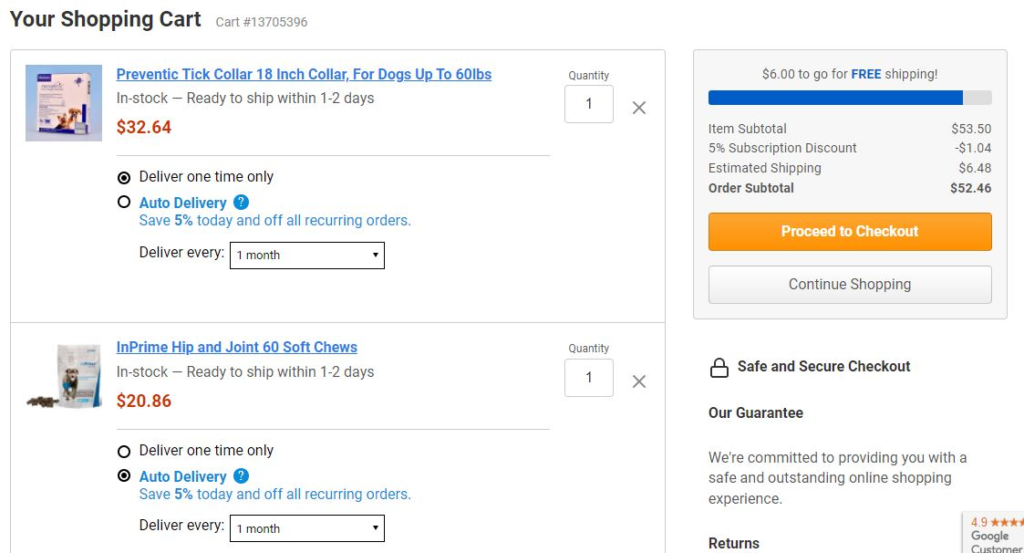The Complete Guide to eCommerce Subscriptions
- The subscription based business model: What is it and is it right for you?
- Introduction: The rise of eCommerce subscriptions
- The eCommerce subscription model: Understanding its 3 types
- 5 Benefits of subscription services
- 9 Crucial subscription eCommerce platform capabilities
- Your guide to the essential subscription integrations and apps
- How to start a subscription business in 6 steps
- 5 Subscription model best practices
- Take the effort out of subscriptions with Ordergroove
5 Benefits of subscription services

CBDistillery had a problem. The CBD marketplace was growing increasingly competitive, and the business faced rising customer acquisition costs and limited internal resources.
They began offering subscriptions, a business model in which physical products ship on a regular basis.
They hoped their subscription model’s valuable sign-up incentives and flexible shipping would keep customers around longer. Plus their limited staff wouldn’t have to email customers reminders to reorder.
The result? CBDistillery realized one of the greatest benefits of subscription services: long-term relationships with their customer base. In fact, their customer retention rate surged to 89% after launching subscriptions.
Here are the five key business benefits of a subscription.
1. Recurring revenue
The recurring revenue model is the reliable cash flow that subscription experiences provide to businesses. This predictable income makes it easier for businesses to forecast revenue and plan for the future.
This benefit of subscription services is not lost on businesses that offer consumable products. In our Retail 2020 Report, we found that 77% of brands offering or considering offering recurring revenue programs report that the model is a “prerequisite for doing business.” Not surprisingly, 65% of the brands currently offering these programs report “greater profitability.”
2. Offsets customer acquisition costs
Subscription experiences offset customer acquisition costs (CAC) because subscribers have a greater lifetime value.
Say a beauty brand spends $2,500 to acquire 50 customers. The CAC per subscriber is $50. If each subscriber buys two makeup boxes for $60 each, those subscribers more than covered their own CAC.
Offsetting CAC is critical given how acquisition costs have grown. According to ProfitWell, CAC for businesses increased by approximately 60% between 2014 and 2019. When consumers rushed online in 2020 because of the pandemic and the competition for eyeballs increased, US online advertising spend jumped 12% over the previous year to $140 billion. That number is projected to cross $200 billion by 2025.
With CAC so high, many subscription services include referral programs as benefits. Referral programs are nothing new. But since subscribers are among your most loyal customers, they’re more likely to spread the word — especially if there’s something in it for them.
Beauty subscription service Lip Monthly makes it easy for their subscribers to refer potential customers.

The value of a bag is far less than what it would cost to turn a lead into a subscriber.
3. Higher customer lifetime value
Another key benefit of subscription services is their ability to increase a customer’s lifetime value (CLV). The longer you can provide value, the longer the subscriber will order from you.
The key CLV driver is the recurring revenue stream from the base subscription price. However, creative cross-selling and upselling, in addition to personalizing the subscription experience, can push CLV to further heights.
Teen jewelry and makeup hub Claire’s Cdrop conveniently places cross-sell options underneath the shopping pages for their curated subscription boxes.

When VetRxDirect, a pet medication subscription service, began including cross-sell opportunities to their subscribers, 34% took advantage.

Another way to hang on to subscribers is to anticipate churn and delay it as long as possible. Churn is inevitable, but you can still use it to add value to the relationship. If a subscriber wants to churn, for example, give them the option to pause or skip their shipment. You could also offer a slightly deeper discount on their subscription if they continue.
Churn isn’t always a bad thing. If you include a brief survey in your cancellation confirmation email, the customer’s feedback might help improve your subscription experience. You can also re-engage that customer in the future.
4. Improved inventory forecasting
Inventory costs can quickly spiral out of control. With subscriptions, you know how many customers are going to buy which products in a given period. This data helps you better evaluate your inventory and reduces the costs associated with overstocking and understocking.
Overstocking occurs when a merchant purchases more product than they sell. Excess stock left sitting in the warehouse hurts profitability.
First, you have carrying costs on the excess stock — labor salaries, the storage itself, and depreciation. If the overstock is perishable, you risk not being able to sell the items at all. Plus, the cash you spent acquiring the stock from the supplier is trapped in the items until they sell.
The cost of understocking is a frustrated customer. They can quickly switch to a competitor who has the product in stock and likely never purchase from you again.
One of the best ways to avoid over or understocking is to invest in inventory management software. eCommerce providers like Shopify, among several others, include this service.
Say you run a beauty subscription. If you need 5,000 containers of moisturizer to ship the third week of each month to satisfy subscribers, you can work with suppliers to ensure you have that quantity on hand. You may have a few dozen containers of overstock each month due to churn, but you can always cross-sell the excess to other customers. It’s better to have a few dozen containers of overstock than a few hundred.
5. Increased investor interest
Sometimes the growth of your business depends on investor interest. Subscription-based businesses are especially attractive to investors thanks to their strong customer relationships and revenue predictability.
According to Bank of America, two factors that most attract investors are growth potential and financial stability. More good news for subscription businesses, as they grew five to eight times faster than traditional businesses from 2012 to 2020.
But how do you convince investors that your subscription business is growing? First, make sure you can answer yes to the following questions (with evidence).
- Are you showing an upward trend in subscription signups? Some churn is inevitable, but you need to balance it with month-over-month increases in new subscribers.
- Do you have a low churn rate? Low churn means your customers find value in the products and experiences you offer.
- Do you have largely positive customer reviews? Positive reviews are a powerful tool for acquiring new customers. BrightLocal found that 77% of consumers “always” or “regularly” read online reviews (up from 60% in 2020). Strong reviews can lift your growth prospects.
Besides the numbers, investors also want to see a history of flexibility when it comes to creating value. For example, Dollar Shave Club’s ability to expand from razors to skincare and fragrances has helped attract investors over time.
The bottom line is that subscription services will only attract investors if they can balance certain fundamentals with innovation.
The biggest benefit of subscription services? Better customer experiences
Recurring revenue wouldn’t be as big a benefit of a subscription business model if companies didn’t have a great customer experience to go with it. By giving subscribers “power” over their purchases, as CBDistillery VP of Marketing Ellese Symons calls it, businesses build the trust needed for long-term growth.
You’ll need to choose your subscription eCommerce platform carefully to take advantage of the benefits. Check out our next article, 9 Crucial Subscription eCommerce Platform Capabilities to find out how.